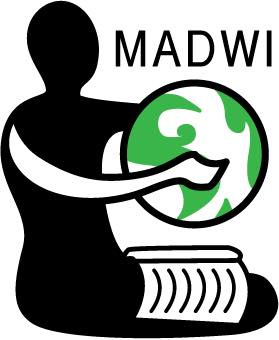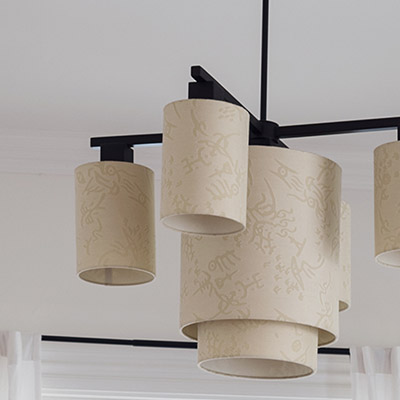Trade Courses
 (page still under construction)
(page still under construction)
Learn Wiring & Lighting
Electricity
Electricity is a word from the Greek elecktron meaning yellow amber. The ancient Greeks had discovered that by rubbing yellow amber, it produced an attraction to other objects and sometimes sparks. They therefore called this force electricity, in this form it is called “static.” Electricity is an energetic manifestation due to the different charges of matter.
Electric charge is one of the properties of matter, which respects a law of conservation.
There are two types of electrical charges:
- The positive charge generated by protons, positrons and electron holes.
- The negative charge due to electrons.
Electricity is the flow of electrons which, torn from their atoms, can modify the properties of a body, or propagate in a conductive material.
In buildings, electricity is a major source of energy used for heating, domestic hot water production, cooking, and household purposes. It is an energy resulting from an energy mix: primarily of nuclear origin, then of renewable origin (dams, photovoltaics, wind power, etc.). The political will is to produce electricity in the energy mix would switch more and more towards renewable energies and reduce the nuclear share.
- Carry out installation and commissioning work of electrical equipment in buildings for domestic, tertiary and industrial use in accordance with safety regulations.
- Can wire and connect very low voltage installations (telephony, IT, alarms…).
- Can perform troubleshooting and maintenance work.
Based on the plans, the electrician determines the location of the elements of the electrical installation, he then proceeds to the laying of cables, wires, switchboards or electrical cabinets and sockets. All electrical safety upgrading work is also his responsibility and this is what we give to our electrical students at MADWI to serve not only their families but also society in a short period of time.
Learn Aluminum Doors & Windows
Aluminum Doors & Windows
The techniques of construction and installation of doors and windows depend on climatic conditions, traditions and local regulations. In order to improve thermal and acoustic insulation and airtightness, these techniques have evolved and materials have diversified; wood currently only represents a small market share. These changes have led standard-setting bodies to define construction requirements relatively precisely, in particular in connection with thermal regulations.
With that, at MADWI, we take the time to properly train our students in order to become technicians in aluminum doors and windows such as Jalousie window, Jalousie Windows window, Security jalousie, sliding window, sliding door, bay window, pivot door, etc. in a short time.
Learn How To Lay Tile
Floor Tiles
The term tiling originally designates the action of laying tiles, then, by metonymy, the result of this action. It then designates a floor or wall covering made up of ceramic tiles – terracotta, earthenware tiles, stoneware tiles (often called porcelain stoneware) – or even marble or cement tiles or even vinyl tiles. These different types of tiles are juxtaposed and then glued or sealed. Tiles are commonly used for finishing and decorating floors and walls for homes and other premises, both indoors and outdoors.
In construction, the tiling is done by the tiler and we take all our time to train our students to become real tilers in the job market. We teach them basic and advanced points and give them adequate knowledge about the types of tiles from the producing countries. Not only the types of tiles but also all the knowledge about the laying of tiles.
Learn Refrigeration & Air Conditioning
Refrigeration & Air Conditioning
Refrigeration is the generic term for all the processes used to lower the temperature in an enclosed space to preserve products. The cold makes it possible to stop bacterial growth and slows down unwanted chemical reactions to increase the shelf life of a product.
Air conditioning makes it possible to maintain the comfort and characteristics of the ambient air in values of temperature, humidity and air quality for the human feeling or to maintain a process (example air conditioning of data centers). In simpler conditions of comfort where only a lowering of the ambient temperature is required, without treatment of the ambient humidity, we will speak more of “cooling”.
Our refrigeration and air conditioning program at MADWI has the capacity to turn our students into professional technicians to work in any industry or private home.
Learn Sanitary Plumbing
Sanitary Plumbing
Profession consisting in installing and maintaining water and gas pipes, sanitary appliances, etc. These pipes, these installations themselves: Redo all the plumbing of the building.
Sanitary plumbing and building techniques relating to piping and sanitary equipment installations, from the central heating gas installation to the production of sanitary hot water, the supply of cold water, the elimination of water, sanitary appliances, sinks, showers, bathtubs, toilets, thalassotherapy.
The activity of plumber is close to that of heating engineer and it is not uncommon for a plumber installer to realize central heating installations, now mixed with renewable energies such as solar, wood, heat pumps, etc. Lift pump, water treatment in heating and air conditioning, wastewater and rainwater evacuation networks, installation of stainless steel networks or PVC or PE pipes are also part of the sanitary plumbing technique
At MADWI, we have a responsibility to turn our students into professional plumbers to serve their communities in record time.
Learn General Construction
Construction
The construction activity is essentially an activity of implementation or installation on the customer’s site and which concerns both new work and renovation, repair or maintenance.
We offer and give this course in a short time with a lot of manual practice while respecting the standards and building codes so that our students are among the builders in demand on the market.

